Tick Identification
There are multiple tick species that bite humans and animals and can spread bacteria, parasites, or viruses that cause diseases. Many of these tick species look similar to the naked eye. Additionally, ticks go through three life stages (larva, nymph, and adult), and they look slightly different at each stage. Ticks are also very small. Adult ticks are about the size of an apple seed, nymphs are about the size of a poppy seed, and larva are the size of a grain of sand. Finally, when ticks feed, they swell with blood, which can also make them difficult to recognize.
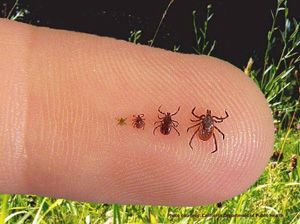
Ticks are small! From left to right, this image shows a black-legged tick (Ixodes scapularis) larva, nymph, adult male, and adult female.
All of these features make it difficult to identify ticks, but it is important to know which tick species you have encountered because it will help determine which pathogens it could be carrying. If you find a tick on yourself or your pet, it is important to save it so that healthcare providers and veterinarians can diagnose quickly if symptoms of a tickborne disease start to develop.
In Alaska, we are still learning about the ticks that may be present in our state. If you find a tick on yourself or your pet, you can submit it to the Alaska Submit-A-Tick Program for species identification. It can also be helpful to familiarize yourself with what ticks looks like so that you can easily spot them.
Tick Identification Charts for Human-Biting Ticks Common in the United States
References: TickEncounter Resource Center.
Native Ticks in Alaska
Alaska is also home to six native tick species, or ticks that have historically been found in the state. These native ticks generally feed on squirrels, rabbits, other small wild mammals, and birds. However, it is not uncommon to find these ticks feeding on moose, dogs, or cats. In rare cases, they may be found on humans. These six native tick species are as follows:
| Scientific Name | Common Name |
|---|---|
| Haemaphysalis leporispalustris | Hare or Rabbit Tick |
| Ixodes angustus | Squirrel or Vole Tick |
| Ixodes auritulus and Ixodes howelli | Bird Tick |
| Ixodes signatus and Ixodes uriae | Seabird (birds that frequent the coast) Tick |

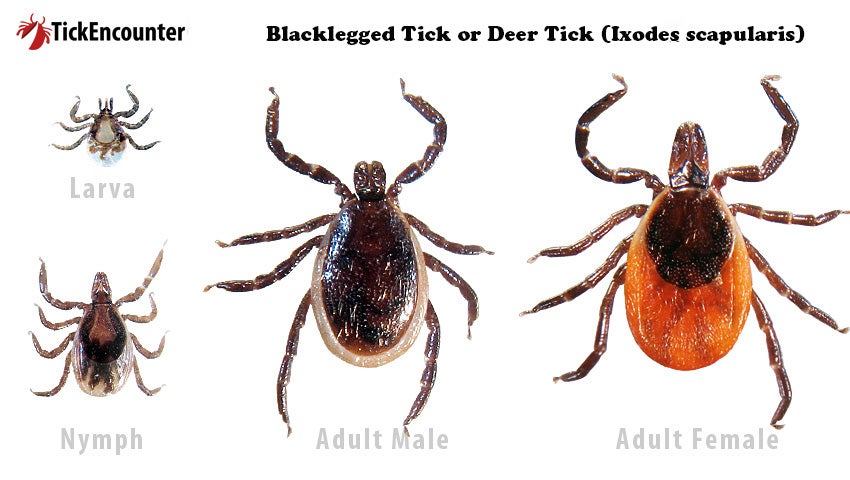
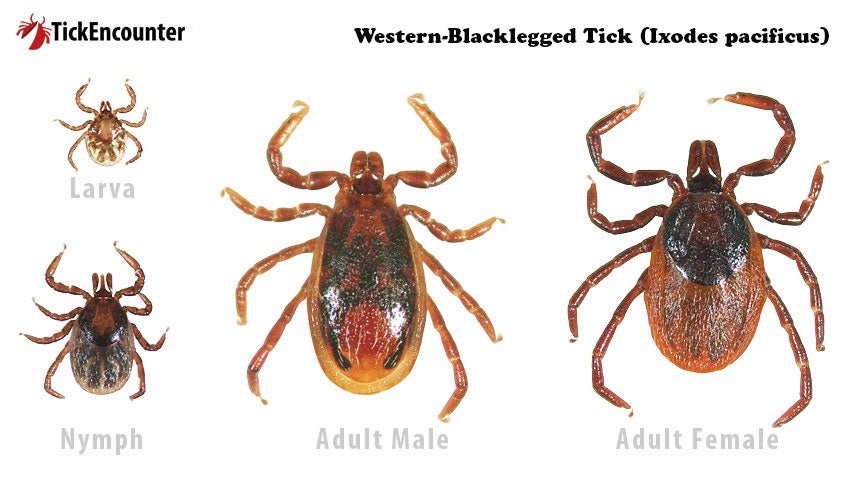
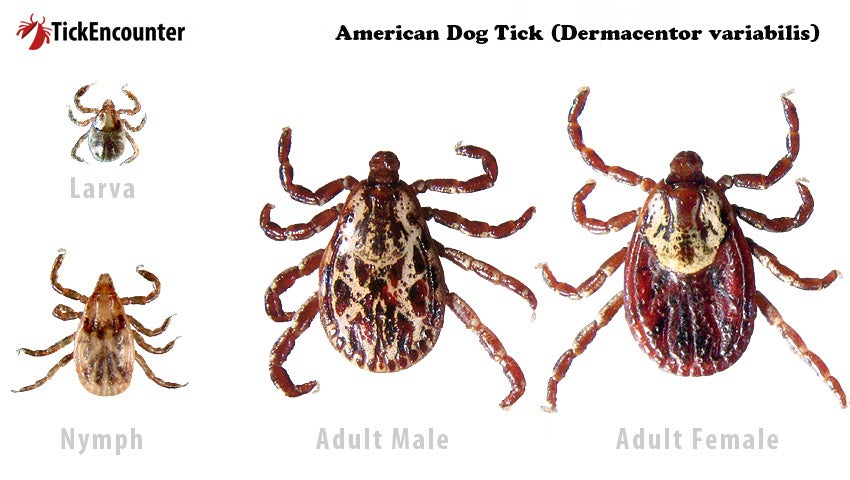
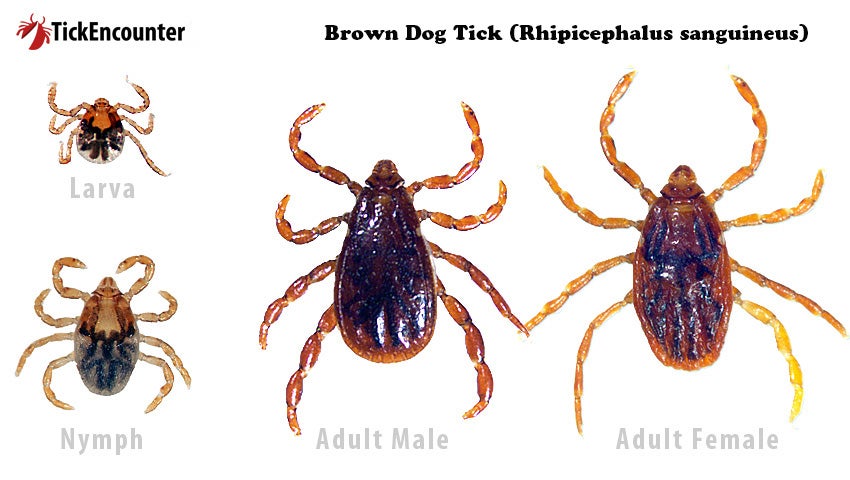
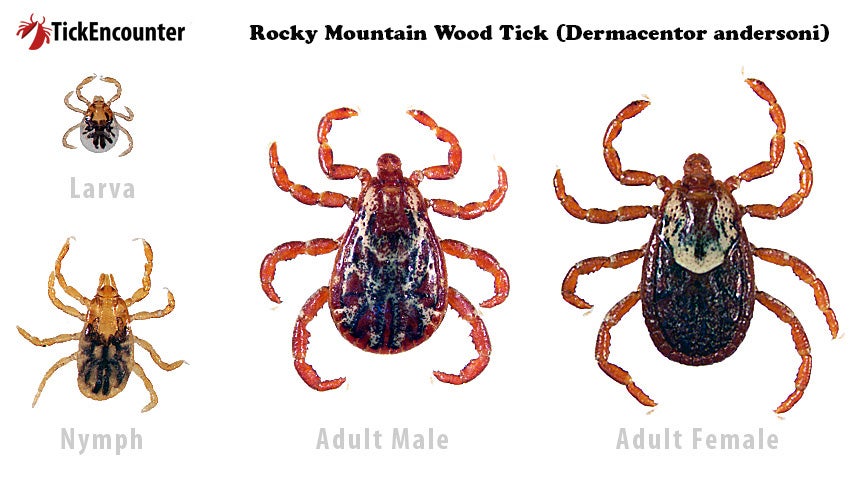
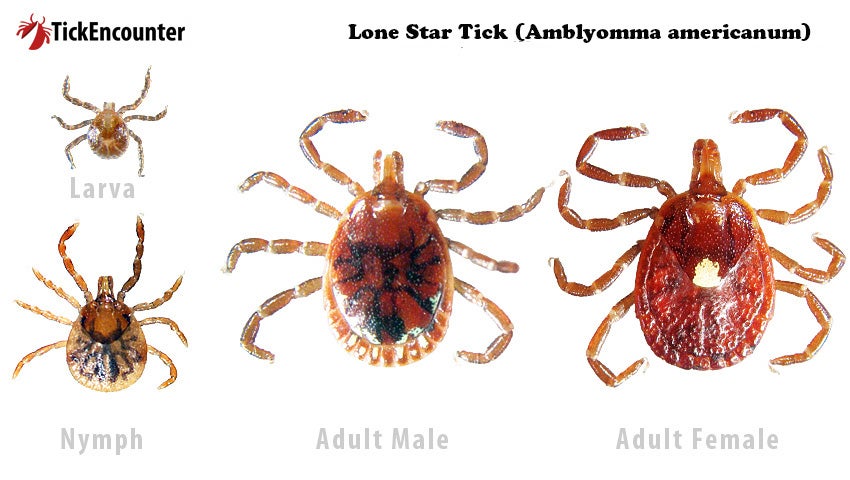
 Indicates an external site.
Indicates an external site.